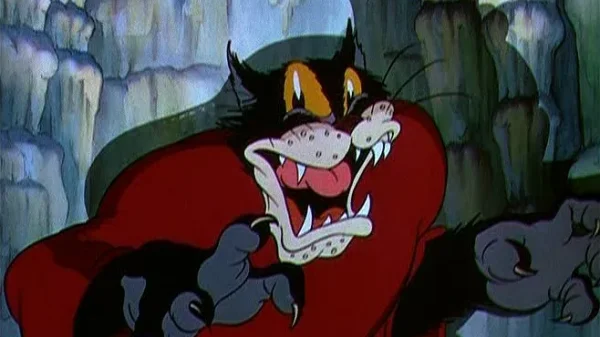Throughout film history, silent movies served as the primary mode of storytelling. While technology has evolved, leading to the dominance of spoken dialogue, a fascination with silent cinema persists. Modern films embrace this unique aesthetic, proving that the absence of words can amplify storytelling potential and foster deeper connection with audiences.
Modern silent films go into a diverse range of genres, from whimsical animation to gritty action. ‘The Triplets of Belleville’ utilizes music and pantomime to tell its fantastical tale, while ‘Blood Tea and Red String’ paints a chilling tale through stop-motion animation. ‘Silent Night’ maximizes action sequences, letting their intensity speak for itself.
Beyond technical brilliance, these films evoke the unique magic of silent cinema. By eliminating dialogue, filmmakers force audiences to focus on visuals, expressions, and the raw emotions conveyed through action and composition. This deliberate absence of words creates a space for personal interpretation, fostering deeper engagement with the story.

A Still From Hundreds of Beavers (Via IMDB)
The resurgence of silent films echoes the sentiment of a yearning for simpler times. In a world saturated with information and dialogue, these narratives offer a sanctuary of tranquility, allowing audiences to connect with the characters and stories on a deeper level.
These contemporary silent masterpieces demonstrate the enduring power of storytelling. ‘The Artist’ reminds us of the silent film era’s elegance and artistry, while ‘Hundreds of Beavers’ utilizes slapstick humor in a live-action format reminiscent of classic cartoons.
Ultimately, silent cinema proves that a story can transcend words and touch hearts without spoken words. By letting visuals and emotions speak for themselves, these films create a timeless and universal cinematic experience.
























